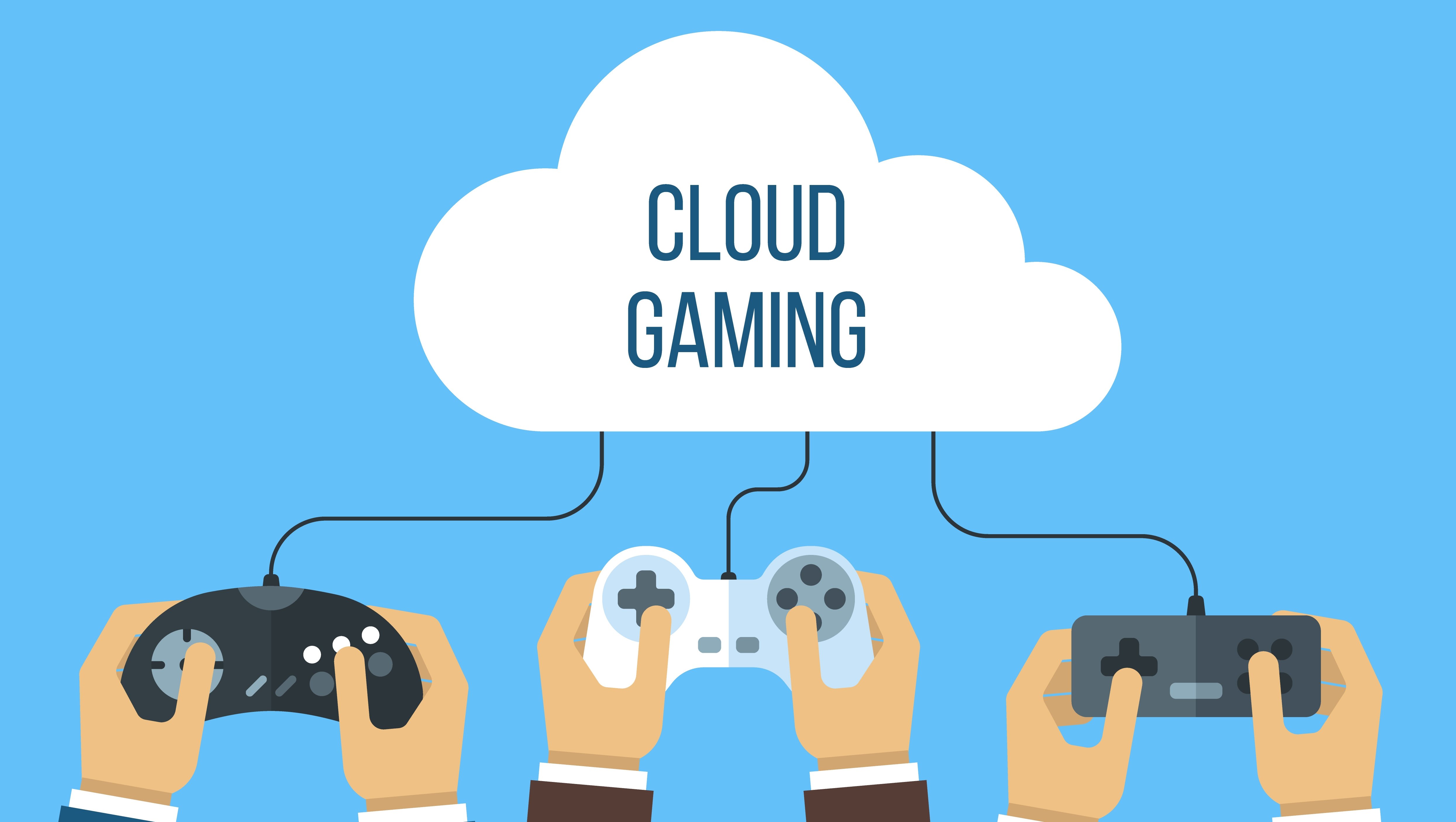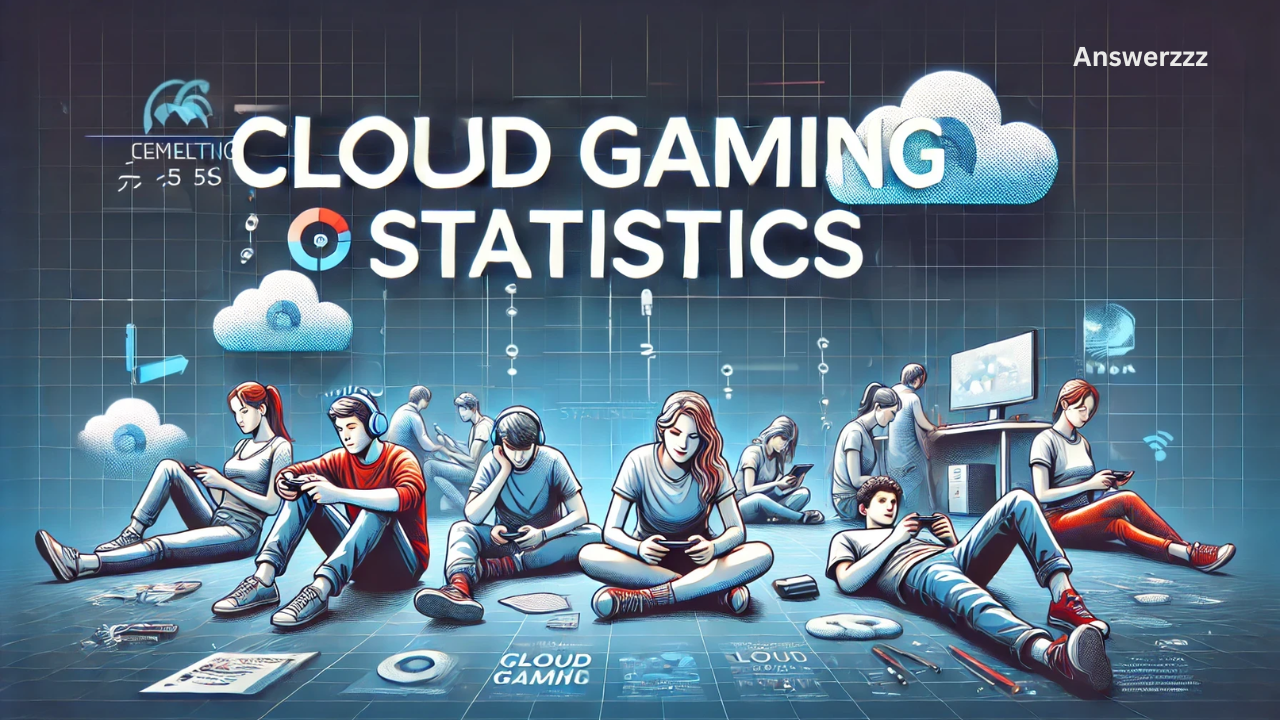Cloud gaming is an innovation that has been eagerly anticipated for years, touted as the future of gaming. By 2025, this technology is poised to have a significant impact on how games are played, accessed, and enjoyed. The potential to eliminate the need for physical consoles and gaming PCs, relying instead on streaming games from powerful servers in the cloud, seems like an enticing prospect. However, despite the technological advancements that have brought us closer to a fully functional cloud gaming ecosystem, the question remains: is it finally ready to replace traditional consoles?
The Evolution of Cloud Gaming

Cloud gaming, sometimes referred to as game streaming, allows players to play video games without the need for high-end hardware at home. The concept relies on powerful data centres hosting games, while users simply stream the video and input responses to those games over the internet. The rise of this technology can be traced back to services like OnLive and Gaikai, which started in the early 2010s, but it wasn’t until the 2020s that cloud gaming started to gain real traction. This shift has largely been due to improvements in internet infrastructure, advancements in server hardware, and the increasing popularity of game subscription models.
Services such as Google Stadia, Microsoft’s xCloud (now part of Xbox Cloud Gaming), and NVIDIA GeForce NOW made their debut in the last few years, giving gamers the ability to stream console-quality games on a variety of devices, including smartphones, tablets, laptops, and even smart TVs. With faster internet speeds and reduced latency, these platforms are now offering experiences that were previously unthinkable. However, while the technology has shown promise, it still faces several challenges that must be overcome before it can replace traditional consoles entirely.
Key Advancements Driving Cloud Gaming Forward
The Rise of Mini PCs: Why Compact Computers are Gaining Popularity in 2024
Several key factors will play a crucial role in determining whether cloud gaming can replace traditional consoles by 2025. The first is the continued improvement of internet connectivity. While 5G networks are already being rolled out across many parts of the world, the increased speed and lower latency they offer are expected to be game-changers. These advancements mean that gamers can access high-quality cloud games from virtually any device without worrying about connection interruptions, slowdowns, or long buffering times.
Furthermore, cloud gaming platforms are increasingly able to support more advanced graphical features. Early cloud gaming services struggled with delivering the visual quality expected from modern games, as most systems had to compress data to minimize lag and optimize bandwidth. By 2025, however, the technological backbone of cloud gaming will have evolved significantly. Enhanced data compression techniques, better cloud infrastructure, and more powerful servers will result in smoother, high-resolution gameplay experiences, even on devices with relatively low processing power.
Another significant advancement is the growth of artificial intelligence (AI) and machine learning. These technologies are helping cloud gaming services improve in real-time, offering optimized graphics, smoother frame rates, and even personalized experiences based on a player’s preferences and playstyle. AI can also help reduce latency, further bridging the gap between the user’s input and the game’s response time. By 2025, the integration of AI into cloud gaming platforms will likely make games feel more intuitive, responsive, and immersive.
The Advantages of Cloud Gaming Over Traditional Consoles
One of the most enticing advantages of cloud gaming is the elimination of the need for expensive, bulky hardware. Traditional gaming consoles like the PlayStation 5 or Xbox Series X require significant investment in hardware, with prices reaching several hundred dollars for the console alone. In contrast, cloud gaming can be accessed on a much wider range of devices, from smartphones to low-end laptops, drastically reducing the barrier to entry for gamers.

In addition, cloud gaming services often operate on a subscription-based model, similar to Netflix or Spotify. For a fixed monthly fee, players gain access to a vast library of games, removing the need to purchase individual titles. This subscription model is especially appealing to casual gamers or those who prefer a variety of gaming experiences over long-term investments in physical games or hardware. The value proposition of cloud gaming becomes even more attractive when combined with cloud saves, which allow players to continue their games on any device without losing progress.
Furthermore, cloud gaming also removes the need for physical storage. Traditional consoles require players to buy additional storage devices or invest in expensive high-capacity SSDs to keep up with the increasing size of modern games. With cloud gaming, there is no need to worry about storage space, as the games are streamed directly from the server, which is managed by the service provider.
The convenience of cloud gaming also cannot be overstated. Players can access their games anywhere with a stable internet connection, and they no longer need to wait for lengthy downloads or installations. The cloud gaming experience is more immediate, with players simply needing to log into their account and begin playing. This is particularly useful for those who prefer to play on multiple devices or those who travel frequently, as they can bring their entire game library with them without needing to carry a physical console or worry about compatibility issues.
Challenges Facing Cloud Gaming
AI Assistants: How ChatGPT and Bard are Transforming Everyday Life
While cloud gaming offers a multitude of benefits, it still faces several challenges that could prevent it from fully replacing traditional consoles by 2025. The most significant issue is the reliance on a stable and fast internet connection. Even with the expansion of 5G networks, large portions of the global population still lack access to reliable high-speed internet. For cloud gaming to become the dominant platform for gamers, faster internet access must become more ubiquitous, particularly in rural or underserved areas.
Additionally, data usage is a major concern for many potential cloud gamers. Streaming high-quality games can consume large amounts of data, which can be a burden for those with data caps or slow internet connections. The cost of data can also be a barrier in regions where internet service is expensive. While some cloud gaming services offer options to adjust graphical settings to reduce data usage, the overall experience may be compromised, making it less appealing to some gamers.
Latency is another persistent challenge for cloud gaming. While internet speeds continue to improve, the distance between a user and the server hosting the game can still introduce delays in gameplay. This is especially critical in fast-paced genres like first-person shooters or fighting games, where split-second reactions are required. Even with advanced AI and machine learning, the inherent limitations of internet-based communication can lead to frustrating delays that negatively affect the gaming experience. While services like Google Stadia, xCloud, and GeForce NOW have made strides in reducing latency, achieving the seamless, instant responsiveness that players expect from traditional gaming hardware remains an elusive goal.

Moreover, despite all the technological advancements, cloud gaming still faces competition from traditional consoles and gaming PCs. Consoles like the PlayStation 5, Xbox Series X, and the Nintendo Switch continue to deliver top-notch gaming experiences with superior graphics, faster load times, and a rich library of exclusive titles. Many gamers still prefer the tactile experience of a physical console, with its dedicated controllers, exclusive content, and solid offline play. For these players, the convenience of cloud gaming may not outweigh the appeal of owning a console with a curated ecosystem of games.
The Role of Exclusives and Content in Cloud Gaming’s Future
Another significant factor in whether cloud gaming can replace consoles is the issue of exclusive content. Traditional consoles are known for their unique game libraries, with franchises like Halo, The Last of Us, and Super Mario offering experiences that cannot be found elsewhere. Cloud gaming services have yet to fully replicate this level of exclusivity. While many cloud platforms offer access to a wide variety of games, including third-party titles and some exclusive offerings, they still struggle to provide the kind of dedicated game development and brand loyalty that consoles have cultivated over decades.
However, major companies like Microsoft, Google, and Amazon are actively working to change this. Microsoft, in particular, is betting heavily on cloud gaming by integrating Xbox Cloud Gaming into its Xbox Game Pass Ultimate subscription, which offers access to a library of exclusive titles from the Xbox family. Similarly, Amazon’s Luna and Google’s Stadia (although it has struggled) have made attempts to secure exclusive content, but this remains a work in progress.
As cloud gaming evolves, it will likely need to build up a stronger portfolio of exclusive games and features to compete with the deep-rooted ecosystems that traditional consoles offer. The future of cloud gaming will depend heavily on partnerships with game developers, offering unique and engaging content that entices players to choose the service over physical consoles.
Is Cloud Gaming Ready to Replace Consoles?
In 2025, cloud gaming will have made significant strides toward replacing traditional consoles, but it will not have fully replaced them yet. While the technology and infrastructure behind cloud gaming continue to improve, issues like internet connectivity, latency, and content exclusivity still pose challenges that need to be addressed. For casual gamers and those who prioritize convenience, cloud gaming will likely become the preferred choice. However, hardcore gamers who seek the best performance, graphical fidelity, and exclusive content will likely continue to gravitate toward traditional consoles.

Ultimately, the future of gaming will likely be a hybrid one, where both cloud gaming and traditional consoles coexist, each offering distinct benefits and experiences. By 2025, cloud gaming may not completely replace consoles, but it will have carved out a significant niche, reshaping how games are delivered and experienced on a global scale.



